Thermal imaging cameras have become invaluable tools across a variety of industries. Their ability to visualize heat and temperature differences opens up numerous practical applications. But what exactly makes these cameras so useful?
Understanding Thermal Imaging Technology
What is Thermal Imaging?
Thermal imaging is an infrared imaging technology that captures the infrared radiation emitted by objects. Unlike traditional cameras that capture visible light, thermal imaging cameras detect heat signatures. This capability allows them to create images based on temperature variations.
How Thermal Imaging Cameras Work
Thermal cameras consist of three main components: the lens, sensor, and display. The lens focuses infrared radiation onto the sensor, which detects the radiation and converts it into electronic signals. These signals are then processed to produce a visual image that represents different temperatures, often displayed in various color palettes for easy interpretation.

Key Features of Thermal Imaging Cameras
Ability to Detect Temperature Differences
Thermal imaging cameras excel at detecting minute temperature differences. They are equipped with highly sensitive thermal sensors that can capture detailed thermal images, allowing users to identify hot and cold spots accurately. This sensitivity is crucial for applications like electrical inspections, where small temperature changes can indicate potential issues.
Functionality in Complete Darkness
One of the standout features of thermal imaging cameras is their ability to operate in complete darkness. Since they rely on infrared radiation rather than visible light, they can produce clear images in low-light or no-light conditions. This makes them superior to traditional cameras in environments where visibility is compromised, such as during nighttime or in smoke-filled areas.
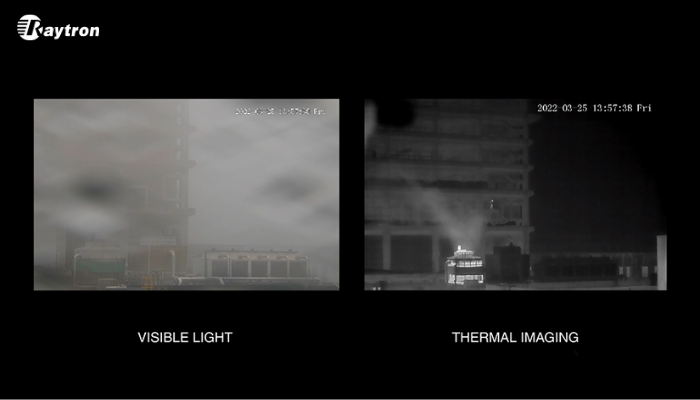
Non-Invasive and Non-Destructive
Thermal imaging is a non-invasive and non-destructive method of inspection. This means that it can detect problems without causing any damage to the objects or environments being examined. For example, thermal cameras can identify insulation issues in buildings or overheating components in machinery without the need to dismantle structures or equipment.
Practical Applications of Thermal Imaging Cameras
Firefighting and Rescue Operations
Thermal cameras are essential tools for firefighters. They help locate victims and navigate through smoke and darkness, making rescue operations more efficient and safer. Rescuers and firefighters can use thermal cameras to find people trapped in burning buildings or to detect hidden fires.
Industrial and Mechanical Inspections
In industrial settings, thermal imaging cameras are used to detect equipment malfunctions and prevent failures. By identifying overheating components or leaks, they help in predictive maintenance, reducing downtime and increasing efficiency. This application is particularly valuable in electrical inspections, where identifying hot spots can prevent costly outages.
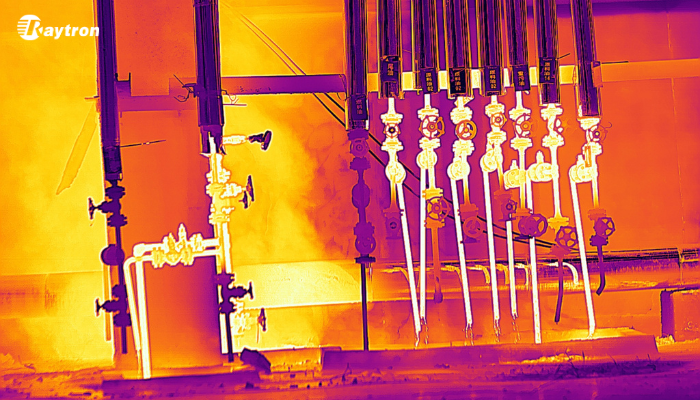
Medical and Veterinary Uses
Thermal imaging has significant applications in the medical and veterinary fields. It is used to diagnose health conditions and monitor treatments by visualizing temperature differences in the body. For animals, thermal cameras provide a non-invasive way to assess health, making them useful for veterinarians.
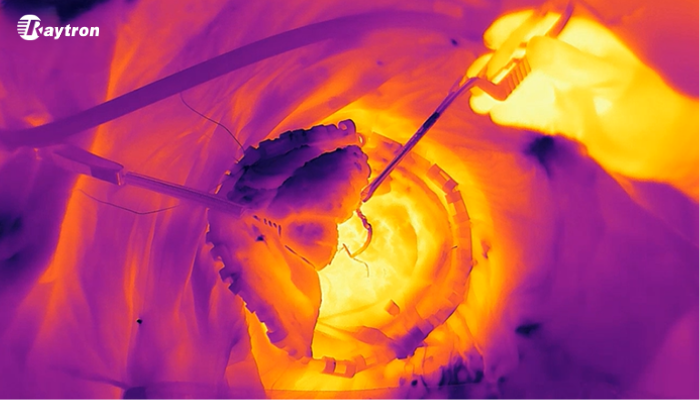
Taken by Raytron uncooled thermal imaging with a 1280 resolution.
Building and Home Inspections
Thermal cameras are widely used in building and home inspections to identify issues like insulation problems, water leaks, and electrical faults. By detecting these issues early, they help improve energy efficiency and safety in buildings. Home inspectors use thermal imaging to provide comprehensive assessments without causing any damage to the property.
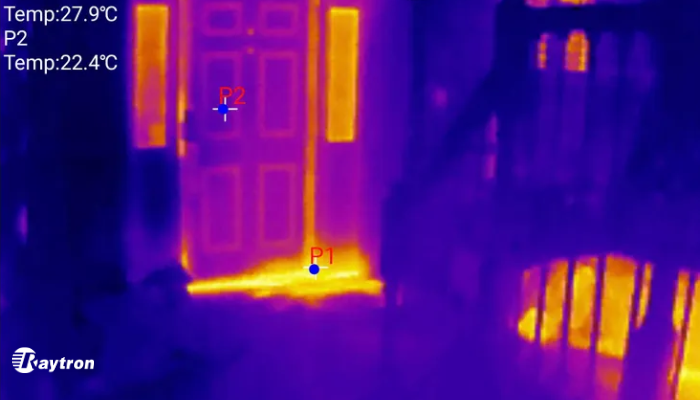
Advantages Over Other Imaging Technologies
Comparison with Visible Light Cameras
Thermal cameras offer advantages over visible light cameras by operating in conditions where traditional cameras fail. They can see through smoke, fog, and darkness, providing critical information that visible light cameras cannot capture.
Benefits Over Other Non-Visible Light Imaging
Compared to other non-visible light imaging technologies like night vision or ultrasound, thermal imaging offers unique advantages. It provides clearer images in various conditions and does not require any light source, unlike night vision. Additionally, it is non-invasive, unlike ultrasound, making it suitable for a broader range of applications.
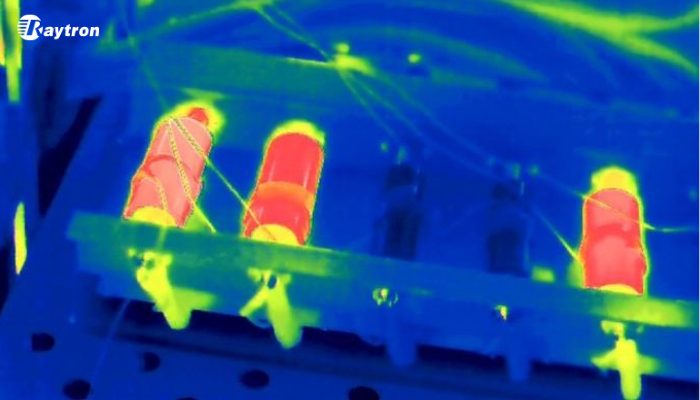
Thermal imaging cameras are incredibly useful due to their ability to detect temperature differences, operate in complete darkness, and perform non-invasive inspections. Their applications span from firefighting and industrial inspections to medical diagnostics and security. With ongoing advancements, the utility of thermal imaging cameras will continue to grow, making them indispensable tools in various fields.